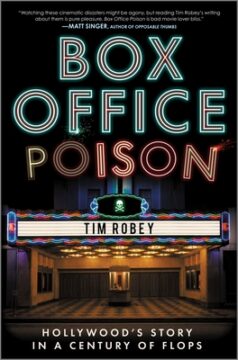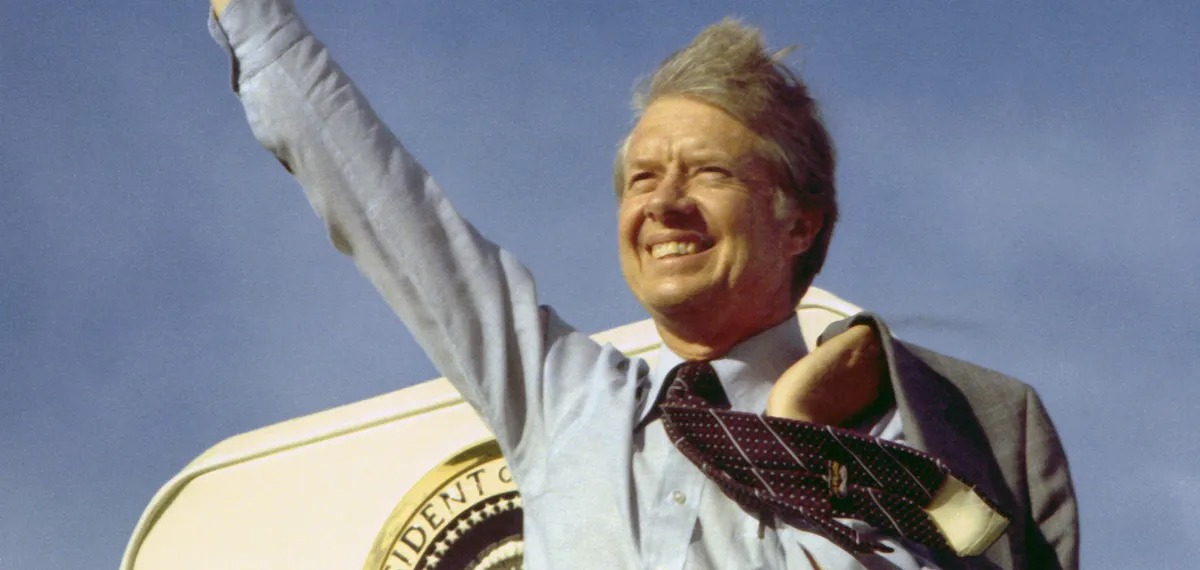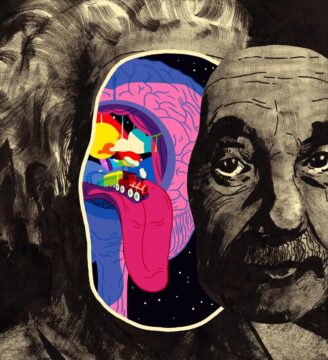Scott Alexander at Astral Codex Ten:
 Flu is a disease caused by a family of related influenza viruses. Pandemic flu is always caused by the influenza A virus. Influenza A has two surface antigen proteins, hemagglutinin (18 flavors) and neuraminidase (11 flavors). A particular flu strain is named after which flavors of these two proteins it has – for example, H3N2, or H5N1.
Flu is a disease caused by a family of related influenza viruses. Pandemic flu is always caused by the influenza A virus. Influenza A has two surface antigen proteins, hemagglutinin (18 flavors) and neuraminidase (11 flavors). A particular flu strain is named after which flavors of these two proteins it has – for example, H3N2, or H5N1.
Influenza A evolved in birds, and stayed there for at least thousands of years. It crossed to humans later, maybe during historic times – different sources give suggest dates as early as 500 BC or as late as 1500 AD. It probably crossed over multiple times. Maybe it died out in humans after some crossovers, stuck around in birds, and crossed over from birds to humans again later.
During historic times, the flu has followed a pattern of big pandemics once every few decades, plus small seasonal epidemics each winter. The big pandemics happen when a new strain of flu crosses from animals into humans. Then the new strain sticks around, undergoes normal gradual mutation, and once a year immune response decays enough / mutations accumulate enough to cause another small seasonal epidemic (Why is this synced to the calendar year? See here for more).
More here.
Enjoying the content on 3QD? Help keep us going by donating now.

 Shortly after the recent election, the New York Times reported the results of
Shortly after the recent election, the New York Times reported the results of  Let me sum all this up because it’s too much information to process: What o3 just did is leap into uncharted territory. OpenAI
Let me sum all this up because it’s too much information to process: What o3 just did is leap into uncharted territory. OpenAI  There are three rules for avoiding a cinematic flop. Rule one: don’t pick a title that is boring, misleading or hard to pronounce. The title wasn’t the only thing that was bad about the misfiring romantic drama Gigli (2003), starring Jennifer Lopez and Ben Affleck, but the fact that cinemagoers weren’t sure if they should be asking for ‘two tickets to Giggly’ didn’t help. Synecdoche, New York (2008) and The Hudsucker Proxy (1994) had more people reaching for their dictionaries than their wallets. But what about a title that has nothing whatsoever to do with the story?
There are three rules for avoiding a cinematic flop. Rule one: don’t pick a title that is boring, misleading or hard to pronounce. The title wasn’t the only thing that was bad about the misfiring romantic drama Gigli (2003), starring Jennifer Lopez and Ben Affleck, but the fact that cinemagoers weren’t sure if they should be asking for ‘two tickets to Giggly’ didn’t help. Synecdoche, New York (2008) and The Hudsucker Proxy (1994) had more people reaching for their dictionaries than their wallets. But what about a title that has nothing whatsoever to do with the story? P
P The story starts in 1974 when
The story starts in 1974 when  A good New Year’s resolution might be to experiment what “doing nothing” might mean for your life, and trying to notice how it changes your worldview—and opens you up to imagine the possibility of other, larger, more systemic changes in society. Opt out of literally every possible thing you can. Cancel everything you currently have on auto pay, or at least the things you don’t absolutely need to survive, like subscriptions to household goods, take-out app memberships, and Substack newsletters full of product recommendations. Opt out of all after-school activities for your kids—all the driving around, and the new gear. Clear your schedule. And then start adding back in the things that bring you connection and joy.
A good New Year’s resolution might be to experiment what “doing nothing” might mean for your life, and trying to notice how it changes your worldview—and opens you up to imagine the possibility of other, larger, more systemic changes in society. Opt out of literally every possible thing you can. Cancel everything you currently have on auto pay, or at least the things you don’t absolutely need to survive, like subscriptions to household goods, take-out app memberships, and Substack newsletters full of product recommendations. Opt out of all after-school activities for your kids—all the driving around, and the new gear. Clear your schedule. And then start adding back in the things that bring you connection and joy.  Fire-engine red. Egg-yolk yellow. Christmas-tree green. The palettes of this year’s potential Oscar contenders can be summed up in one word: Bold. “Everybody on Pedro’s sets ends up wearing really strong colors,” said Inbal Weinberg, the production designer who dreamed up the striking, primary color-heavy visual aesthetic for Pedro Almodóvar’s euthanasia drama, “The Room Next Door.”
Fire-engine red. Egg-yolk yellow. Christmas-tree green. The palettes of this year’s potential Oscar contenders can be summed up in one word: Bold. “Everybody on Pedro’s sets ends up wearing really strong colors,” said Inbal Weinberg, the production designer who dreamed up the striking, primary color-heavy visual aesthetic for Pedro Almodóvar’s euthanasia drama, “The Room Next Door.” The Hungarian folktale Pretty Maid Ibronka terrified and tantalised me as a child. In the story, the young Ibronka must tie herself to the devil with string in order to discover important truths. These days, as a PhD student in philosophy, I sometimes worry I’ve done the same. I still believe in philosophy’s capacity to seek truth, but I’m conscious that I’ve tethered myself to an academic heritage plagued by formidable demons.
The Hungarian folktale Pretty Maid Ibronka terrified and tantalised me as a child. In the story, the young Ibronka must tie herself to the devil with string in order to discover important truths. These days, as a PhD student in philosophy, I sometimes worry I’ve done the same. I still believe in philosophy’s capacity to seek truth, but I’m conscious that I’ve tethered myself to an academic heritage plagued by formidable demons. Isaac Newton’s lifelong quest to transmute base metals into gold is normally forgiven as a symptom of the pre-scientific nature of his age. But “great minds holding eccentric, even kooky, beliefs” is a pattern that crops up throughout history. Even after there became strong social reasons for scientists to disguise even the faintest whiff of the irrational. William James, the godfather of psychology, believed in ghosts. Fred Hoyle, who came up with the idea that stars created chemical elements via nuclear fusion, thought that influenza came from space. Nikola Tesla was obsessed with the number three. Nobel Prize winner Wolfgang Pauli believed that his mere presence could drive laboratory equipment to malfunction. Kurt Gödel starved himself to death out of fear of being poisoned. Brian Josephson, a still-living Nobel laureate, thinks that water has memories.
Isaac Newton’s lifelong quest to transmute base metals into gold is normally forgiven as a symptom of the pre-scientific nature of his age. But “great minds holding eccentric, even kooky, beliefs” is a pattern that crops up throughout history. Even after there became strong social reasons for scientists to disguise even the faintest whiff of the irrational. William James, the godfather of psychology, believed in ghosts. Fred Hoyle, who came up with the idea that stars created chemical elements via nuclear fusion, thought that influenza came from space. Nikola Tesla was obsessed with the number three. Nobel Prize winner Wolfgang Pauli believed that his mere presence could drive laboratory equipment to malfunction. Kurt Gödel starved himself to death out of fear of being poisoned. Brian Josephson, a still-living Nobel laureate, thinks that water has memories. Fussier friends would shiver in the mid-October wind, but Ann Mandelstamm is in her eighties and still hiking, so I grab a table on the patio. Just as I open the menu, she arrives, clad in a sporty navy sweater and jeans and wearing her trademark red lipstick, her red-gold hair pulled back with combs. She sits, her movements as lithe and graceful as ever. She has always had a quiet, midcentury glamour about her—the Kate Hepburn sort, impatient with frippery. Neither of us even mentions moving indoors.
Fussier friends would shiver in the mid-October wind, but Ann Mandelstamm is in her eighties and still hiking, so I grab a table on the patio. Just as I open the menu, she arrives, clad in a sporty navy sweater and jeans and wearing her trademark red lipstick, her red-gold hair pulled back with combs. She sits, her movements as lithe and graceful as ever. She has always had a quiet, midcentury glamour about her—the Kate Hepburn sort, impatient with frippery. Neither of us even mentions moving indoors.